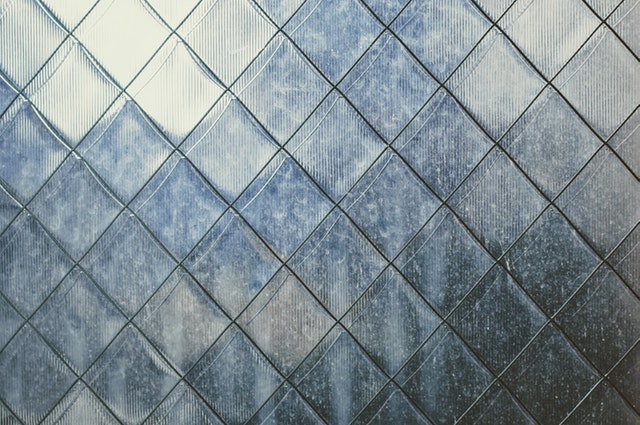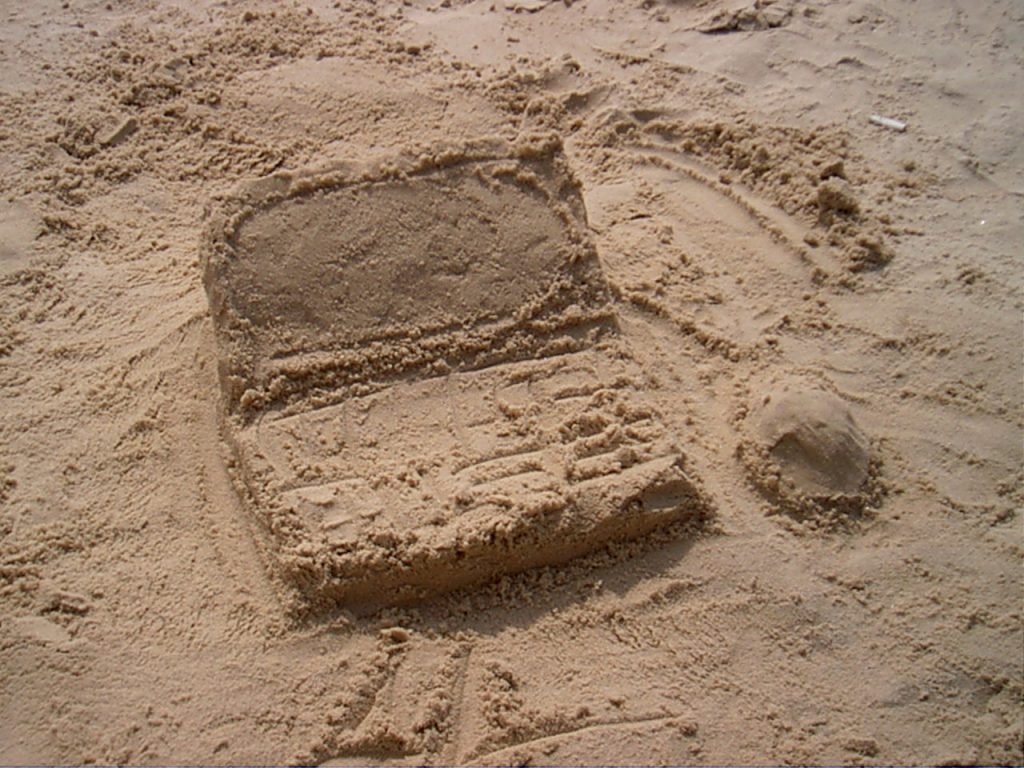We usually don’t walk on works of art. But that is what we do daily on tiles. Whether they are used on walls or floors, tiles are works of art that give life and beauty to the space we live in. The process that creates the artistic end product involves the use of technology and control energy and air pressure maintained through industrial air compressors.
Energy consumption and air control in tile manufacture
Tile manufacturing requires high energy consumption, principally thermal energy. Tiles are manufactured in a process that entails heating and cooling procedures in kilns. This means that the heat in the thermal cycle has to be well controlled to ensure the desired aesthetic and quality results. Proper heat and air control are especially crucial during the firing or densification process when tiles are thermally consolidated into dense and cohesive pieces. It becomes really important to keep these factors in mind before deciding the type of air compressor or energy consumption equipment you are about to use in the tile factory.
Kilns have electrical, gas, oil or wood burners where the flow of energy is regulated to provide the intended temperature. Air is used as an oxidizer at each burner and its flow is equally regulated to ensure desired levels. With the advance in technology, the separate preheating, heating and cooling zones of a kiln can be designed to maintain heat and air pressure differently:
- The heated air in the cooling zones is transferred to the heating zone and the combustion gases in the heating zone are delivered to the preheating zone and the released.
- The heated air in the cooling zone is transferred to the preheating or drying zone and the gases from the heating zone are released independently.
- The heated air in the cooling zones is all recovered in the firing zone and is not exhausted into the atmosphere.

Maintaining air pressure
To ensure the proper amount of air in the burning or cooling zones of a kiln, combustion analysis can be conducted to make out the coefficient of excess air in the firing cycle. This entails relating the amount of air introduced into the burner to the quantity of air that is essentially needed for the process. Specifically, the quantity of excess air is obtained by determining the amount of natural energy flow and that of airflow and then determining the energy pressure and the air pressure at each of the kiln burners. This needs to be maintained and controlled under the circumstances without which, it can lead to serious repercussions which can harm the workers and the business.
The coefficient of excess air in the burner or nitrogen generator varies at different phases of the thermal cycle. Generally, the coefficient is smaller in lower as compared to peak temperatures. At times, a lack of air may be displayed suggesting that the energy is being burned in the kiln and not at the burner, and this is an undesired situation. The ideal situation is that air supply is kept at optimal rates. The presence of excess air also compromises the quality of tiles and increases energy consumption. This would also have a spillover effect in tile prize. Usually, a 2:5 coefficient is considered optimal implying that, if the amount of airflow was not adequate, a 2% increase in the amount of oxidizing air would lead to a 5% decrease in energy consumption.
Technology is growing and there is no doubt we will see better technology coming out in the future that can be used for better air pressure maintenance within all tile factories.



